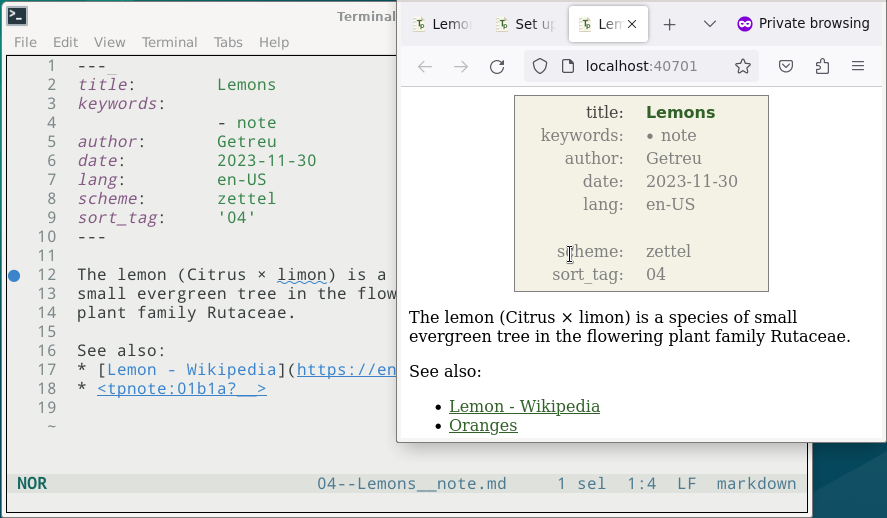The long way of the German sharp s "ẞ" into Linux
[Updated version, originally published: 2024-11-12]
The European Keyboard EurKEY is a keyboard layout based on the American keyboard layout. It is very popular with translators and programmers who appreciate the easy access to special characters. It also offers convenient access to many European letters and accents. In 2017 a long awaited new letter joined the German alphabet: the uppercase sharp S: ß.
Since then, the letter has been added to many keyboard layouts, including the EurKEY layout, which has been mentioned several times in this blog. In 2021, an update was accepted in the software repository xkbdesc/xkeyboard-config, which removes the sharp S again, arguing that "the uppercase Ssharp ẞ is nearly useless". This blog post highlights this controversy.
